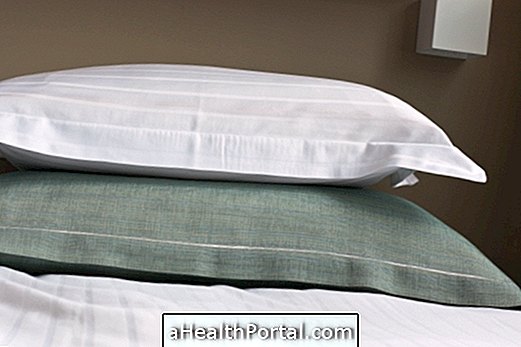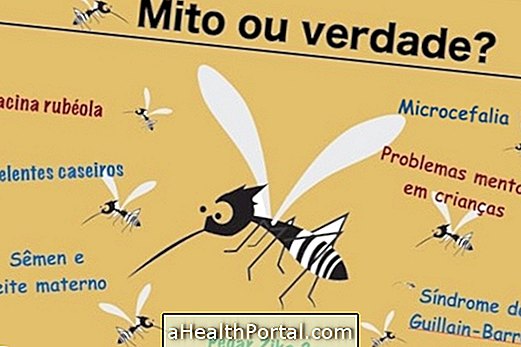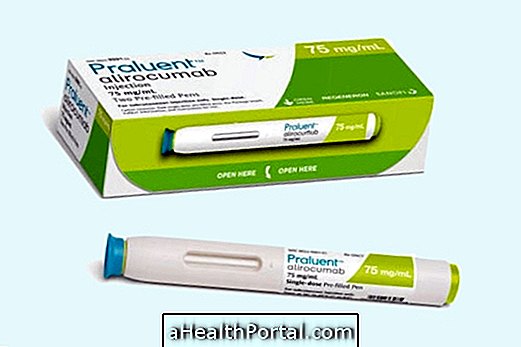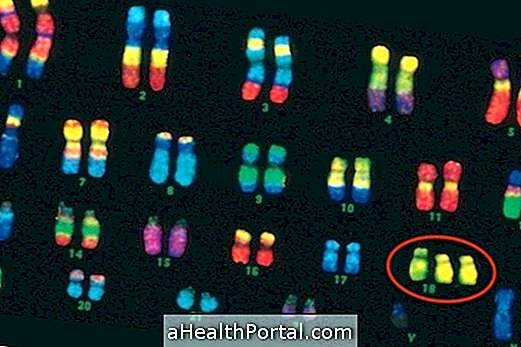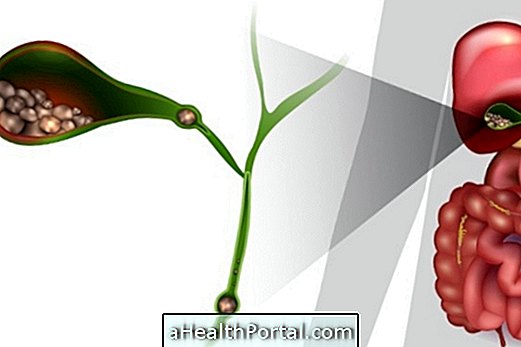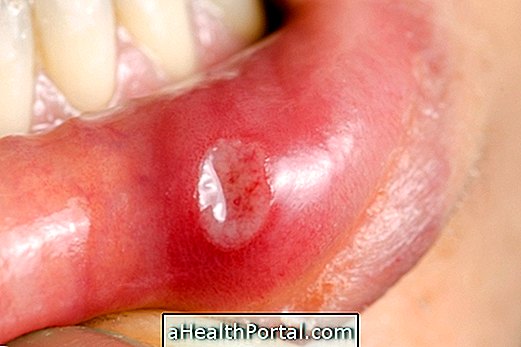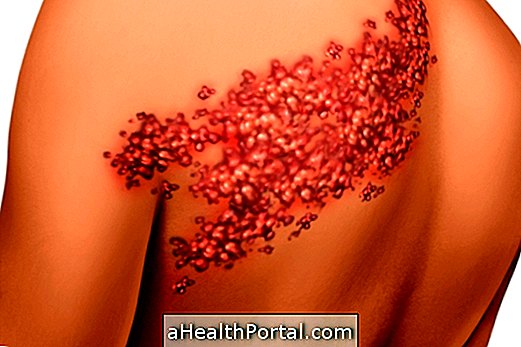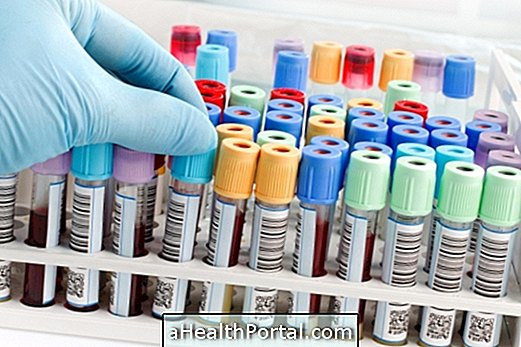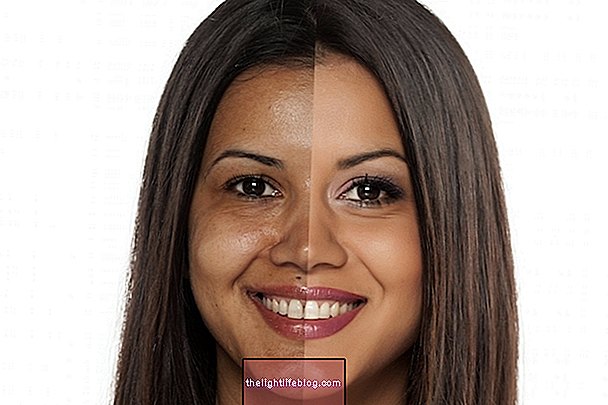Cryotherapy is a therapeutic technique used in physiotherapy that uses thermal pockets, ice or special devices, to treat inflammation and pain in the body, reducing symptoms such as swelling and redness.
The use of cold with cryotherapy can also be done with aesthetic goals, through the use of specific devices, combating localized fat, cellulite and flaccidity, or removing warts, for example. If you want to know about the indications and how is aesthetic cryotherapy done, see: Cryotherapy Aesthetics.
In addition, cryotherapy is also a method for the treatment of warts in the intima, by HPV, by the gynecologist and with specific material. See more in: Cryotherapy for HPV treatment.
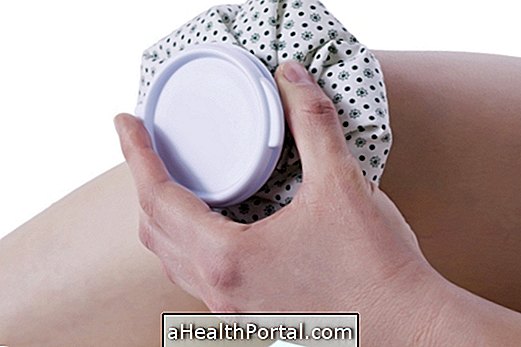
Ice bag indications
Therapeutic indications of low temperature include:
- Muscle injuries, such as sprains, strokes, or purple spots on the skin;
- Orthopedic injuries such as ankle, knee or spine;
- Inflammation of muscles and joints;
- Muscle aches;
- Light burns.
Cryotherapy and thermotherapy, which uses heat instead of cold, can be used together according to the injury. Learn, in the following video how to choose between hot or cold compress to treat each injury:

How to use
Cryotherapy should be used with the guidance of the physiotherapist, and may be in various forms, such as with crushed or stone ice, wrapped in a cloth, or with special thermal bags. These bags are found in pharmacies, and can have various types and sizes, can be flexible or with velcro, for example, which facilitates their use.
You can also do the immersion bath with ice water, use of spray or, even, with liquid nitrogen. Whichever technique is chosen, the use of ice should be stopped in case of intense discomfort or loss of sensitivity, the contact time of the ice with the body should never exceed 20 minutes, so as not to burn the skin.
Contraindications for cryotherapy
As a method that interferes with blood circulation, metabolism and nerve fibers of the skin, contraindications to the use of ice should be respected because, when the technique is used improperly, it can harm the health of the person, aggravating diseases of skin and poor circulation, for example.
Do not use ice when there is:
- Wounds or diseases of the skin, such as psoriasis, as excessive cold can further irritate the skin and impair healing;
- Poor blood circulation, such as severe arterial or venous insufficiency, because this procedure decreases the circulation of the body where it is being applied, and this can be harmful in those who already have an altered circulation;
- Immune disease associated with cold, such as Raynaud's disease, cryoglubulinaemia or even allergies, for example, because ice can trigger a crisis;
- Situation of fainting or coma or with some type of delay of the understanding, since these people can not know to inform when the cold is very intense or causing pain.
In addition, if the symptoms of pain, swelling and redness in the treated limb do not improve with cryotherapy, the orthopaedist should be sought for investigation of the causes and treatment directed to each person, and it may be associated with the use of anti-inflammatory drugs, for example.


